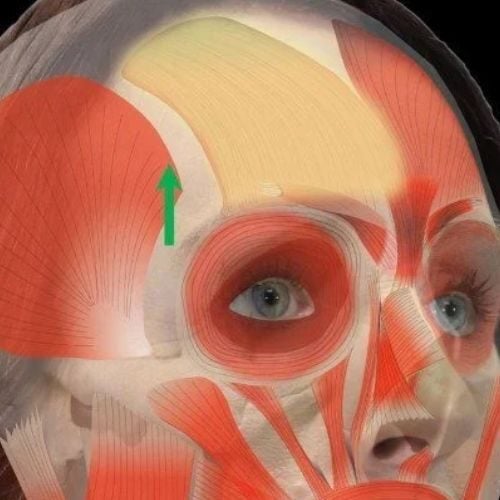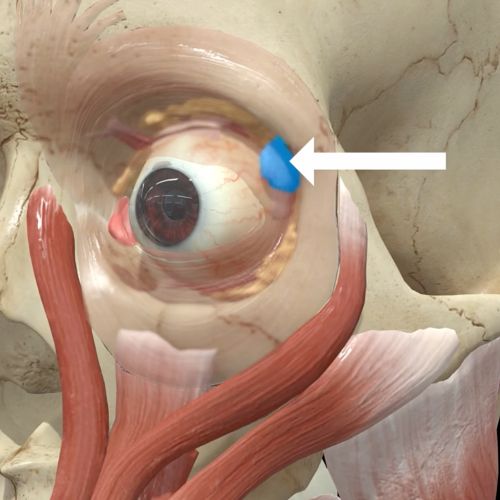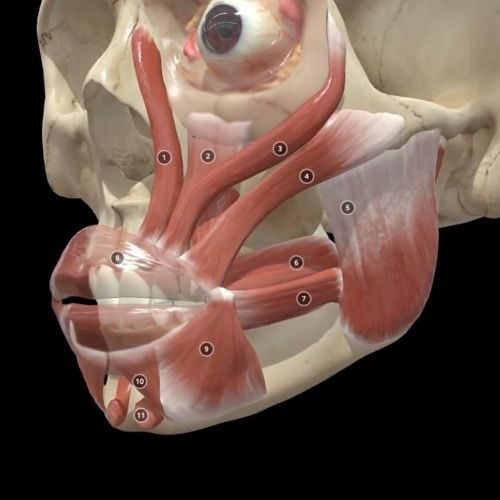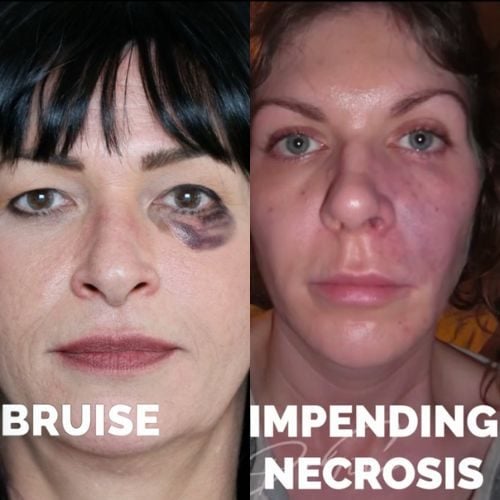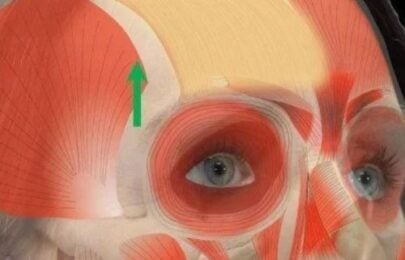- Mail us: support@drtimpearce.com
5 tips to avoid filler-induced necrosis in aesthetic practice
You may be interested
 Dr Tim Pearce
Dr Tim Pearce
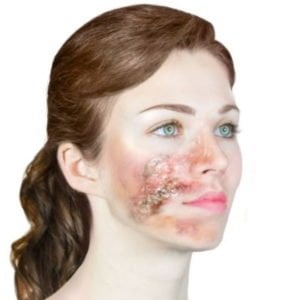
If you strive to become a safer injector in aesthetic medical practice, there is no reason why you cannot get through your whole career without causing a necrotic injury in one of your patients.
In this blog, Dr Tim Pearce will share five strategic tips to help you avoid necrosis by reducing the risks of causing or under*diagnosing vascular occlusion when injecting dermal fillers. A necrotic injury is the worst thing that can happen to a patient, make sure it is not one of yours.
To be among the first to receive exclusive updates on the launch of Dr Tim’s new movement, featuring an immersive 3D learning experience, comprehensive Botox lessons, and much more, simply sign up here to join the priority waiting list.
What are the 5 tips for avoiding a necrotic injury with fillers?
Dr Tim explains that we must first accept that we cannot lower the risk of vascular injury to zero, there will always be some probability of occurrence. Therefore, we need a system that puts the patient in the best possible case scenario at every point along the whole patient journey.
It is very important to understand the concept of the whole patient journey; it is never purely about injection technique alone or whether you followed one single safety step, but a collection of steps and goals for clinical practice.
Tip One: Reduce the risk of vascular occlusion severity
If you are going to have a vascular occlusion, says Dr Tim, make sure it is a small vascular occlusion. This requires you to inject in such a way that even if you are in a vessel, you do not spend long enough there (depositing product) to cause a significant vascular occlusion.
You can achieve this when using a cannula, for example, by moving the instrument in multiple directions and sliding in and out to lower the risk of vascular occlusion severity. Remember, severity is different to frequency because we are thinking about how much product we place in any certain area.
Similarly, the action of delivering multiple, small boluses of dermal filler on the periosteum, rather than one larger bolus will ensure you can keep the needle moving and reduce severity. This is a valid way of distributing the risk, however, it does not decrease vascular occlusion occurrence frequency, it increases it, although, the hope is that the severity is so small that it is almost insignificant if you block a vessel.
Learn more about the difference between vascular occlusion severity and frequency in another blog by Dr Tim on how to reduce risk and avoid vascular occlusion with dermal fillers.
Tip Two: Reduce the risk of vascular occlusion frequency
 If you are about to inject, Dr Tim urges you to consider if there is anything you can do that would detect a high-risk needle placement. For example, you could aspirate. It is not 100% protective, but you will detect if you are intravascular approximately 50% of the time. You can increase that certainty further by having a negative pressure in the syringe and making small movements in the area where you are about to inject.
If you are about to inject, Dr Tim urges you to consider if there is anything you can do that would detect a high-risk needle placement. For example, you could aspirate. It is not 100% protective, but you will detect if you are intravascular approximately 50% of the time. You can increase that certainty further by having a negative pressure in the syringe and making small movements in the area where you are about to inject.
This ‘old medicine’ technique is familiar if you have ever taken blood; you will remember putting in the needle, trying to draw back, but finding that nothing (no blood) comes back. Your next step is to move the needle because you scan a greater area for the position of the artery or vessel you seek to take the blood sample. This knowledge can be similarly applied to facial aesthetics to help you detect intravascular placement. It does not matter if you are in a tiny vessel that does not aspirate because those are not the ones that cause large vascular occlusions. The aim is to detect intravascular placement in larger, named vessels.
Likewise, you can lower the frequency of vascular occlusion by always injecting in a way that makes it more difficult to canulate a vessel. For example, if you are injecting at a 90° angle to a vessel, even if you do go through the vessel, you will spend far less time in it than if you were injecting parallel to the vessel and entered it.
The depth of injection is also crucial; if you always inject in the plane where the vessels are least likely to be – either the upper dermis or the periosteum, assuming you are not near a foramen – you will always be injecting away from vessel locations. This provides an anatomical way of reducing the risk of vascular occlusion frequency.
Even if you can manage to reduce both the risks of severity and frequency, one day you are probably going to experience a vascular occlusion, which means there are some practices you need to employ to reduce the overarching risk of a necrotic injury.
Tip Three: DIAGNOSE a vascular occlusion QUICKLY
You must have systems, protocols and processes in place that enable you to diagnose a blocked vessel as soon as possible. Dr Tim recommends checking capillary refill immediately after every injection. He believes this simple act is the reason why, in his clinic, SkinViva, all the vascular occlusion events on record (27 in 15 years) were diagnosed and treated immediately, because all his clinicians are constantly being trained to check capillary refill before discharging a patient.
He points out that when you get into the swing of this practice, it becomes effortless because you are always cleaning the skin, therefore, as you push on it, you can observe blood flow.
Although, a quick diagnosis is only half the solution.
Tip Four: DIAGNOSE a vascular occlusion COMPREHENSIVELY
 A common error amongst aesthetic clinicians is to diagnose a vascular occlusion correctly and quickly but then underdiagnose the severity.
A common error amongst aesthetic clinicians is to diagnose a vascular occlusion correctly and quickly but then underdiagnose the severity.
As an illustration, Dr Tim suggests that a practitioner might inject a small area of the lip and cause a vascular occlusion. This is identified through pallor in the lip, and the practitioner initiates an emergency reversal process (using hyaluronidase), eventually sending the patient home. However, 24 hours later, it becomes apparent that the patient had a vascular compromise affecting their chin and lower neck, and the situation was made worse because of underdiagnosis.
Small vascular occlusions may initially seem smaller than they are; the initial diagnosis may indicate something milder, but over the course of a couple of hours you realise the compromised area is a little larger than you first thought and requires a more comprehensive diagnosis, spending time evaluating the patient, the potential additional areas at risk – e.g., a chin injection that affects the tongue, a lip injection that affects the nose, or a nose injection that affects the septum.
Tip Five: REVERSE a vascular occlusion COMPREHENSIVELY
If you have used a reversible hyaluronic acid-based dermal filler product – which would be your first choice if you want to reduce the severity of any potential vascular occlusion – then you can reverse the process using the enzymatic action of hyaluronidase.
Dr Tim believes that some aesthetic clinicians undertreat vascular occlusion using a low-dose protocol of hyaluronidase, e.g., a single 1500-unit vial administered with a follow-up 24 hours later, and this contributes to a poorly managed adverse event and the likelihood of impending necrosis. He stresses that it is better to overtreat than undertreat to avoid necrotic injury.
For more information on using hyaluronidase to manage vascular occlusions from dermal filler injections, download Dr Tim Pearce’s Emergency Reversal Protocol and read up on how much Hyaluronidase?
Dr Tim advises keeping the patient with you until you have restored the capillary refill. Keep applying hyaluronidase in all the areas affected with repeat high-dose injections, massage, and warm compresses, until the blood flow is normal. Be prepared for this process to take several hours, depending on the severity.
For more insight on vascular occlusions and necrosis from Dr Tim, why not read these additional blogs?
- Dermal filler safety: vascular occlusion and necrosis prevention
- Dermal fillers: avoiding necrosis in aesthetic practice
- Fillers: 6 ways to reduce severe vascular occlusion with cannulas
- 5 early warning signs of a vascular occlusion when injecting fillers
- High risk areas, non-reversible fillers & vascular occlusion prevention
- Emergency kits for managing filler-induced vascular occlusions
Dr Tim loves to receive questions, comments, and data on clinical practice experiences from his followers. You can find Dr Tim Pearce on Instagram.
Aesthetics Mastery Show
How to reduce injury risk
Dr Tim says:
“I believe you can get through your whole injection career without ever causing a necrotic injury by following these 5 steps.”
Watch the full Aesthetics Mastery Show here.
See comments and feedback on this video on our YouTube channel – feel free to leave a reply and join in the debate.
You can also subscribe to our YouTube channel for really useful regular tips and advice. ![]()
3D Anatomy Learning Experience

In the next few weeks, Dr Tim Pearce is going to be launching something amazing that involves an incredible 3D learning experience for injectors, a community of clinicians on the same mission as you to help you achieve your goals, and exclusive online access to him and his team. Be the first to join the movement by joining the priority waiting list.
Dermal Filler eLearning Courses
If you want to increase your knowledge about safe and effective dermal filler injectable treatments, Dr Tim Pearce offers a series of fabulous courses. The foundation level is a popular starting point, with many delegates continuing to complications courses focused around safety, including how to minimise the risk and how to handle things if the worst occurs:
Both give CPD and certificates on completion and are highly rated by our delegates.
In addition, browse our FREE downloadable resources.
Dr Tim Pearce eLearning
Dr Tim Pearce MBChB BSc (Hons) MRCGP founded his eLearning concept in 2016 in order to provide readily accessible BOTOX® and dermal filler online courses for fellow Medical Aesthetics practitioners. His objective was to raise standards within the industry – a principle which remains just as relevant today.
Our exclusive video-led courses are designed to build confidence, knowledge and technique at every stage, working from foundation level to advanced treatments and management of complications.
Thousands of delegates have benefited from the courses and we’re highly rated on Trustpilot. For more information or to discuss which course is right for you, please get in touch with our friendly team.
Related Articles
 Bestseller
Bestseller
Body Dysmorphic Disorder in Aesthetic Practice: Ethics, Risks, and Recognition
October 7, 2025
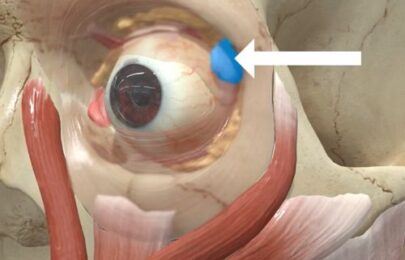 Bestseller
Bestseller
Avoiding Botox Eye Complications From Dry Eye to the ‘Psycho Look’
September 30, 2025


